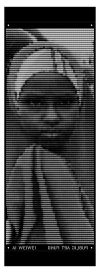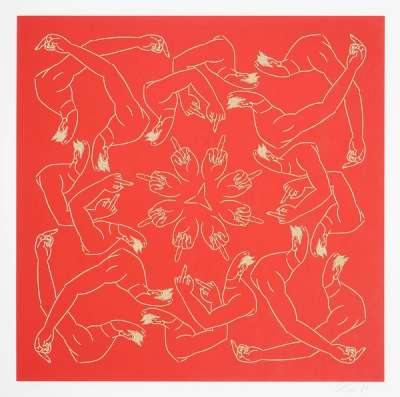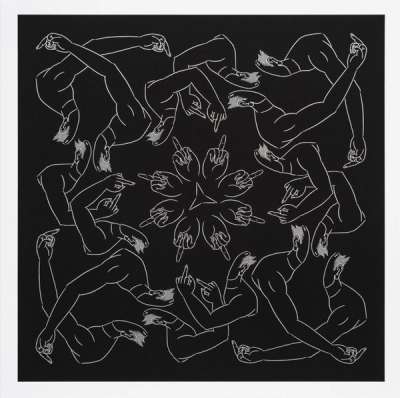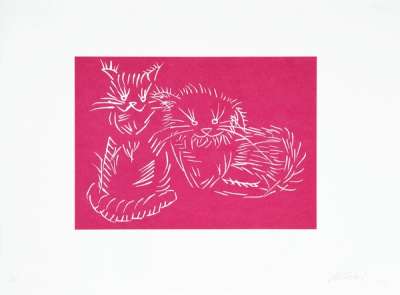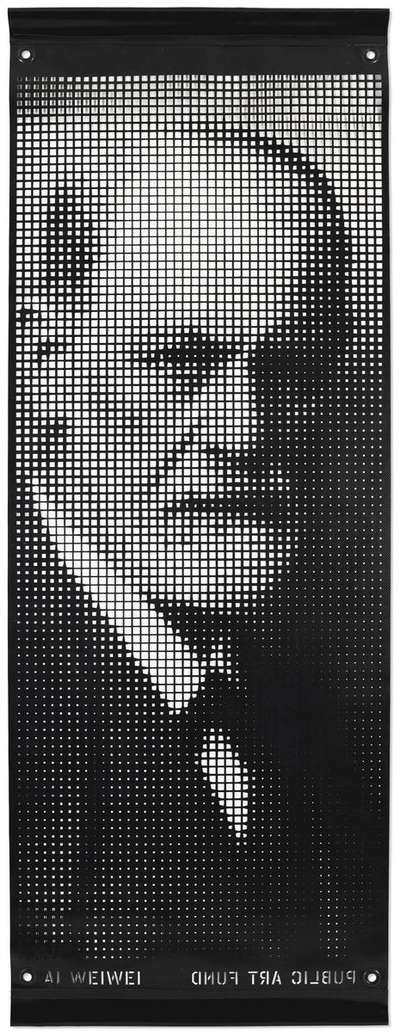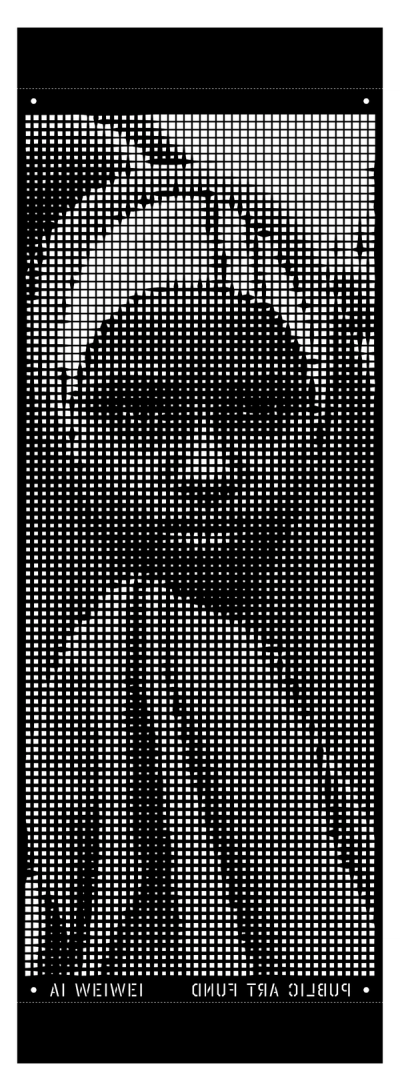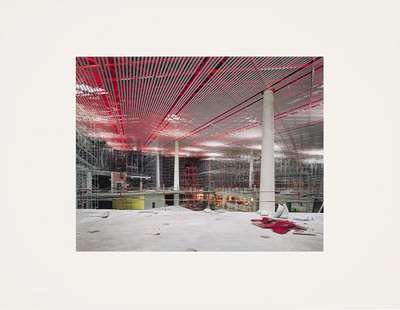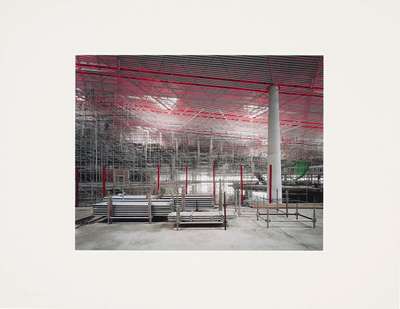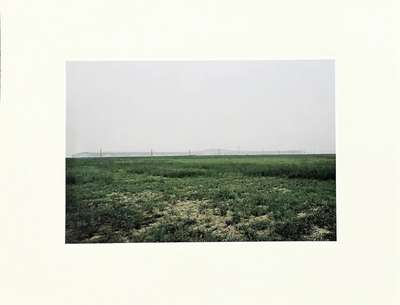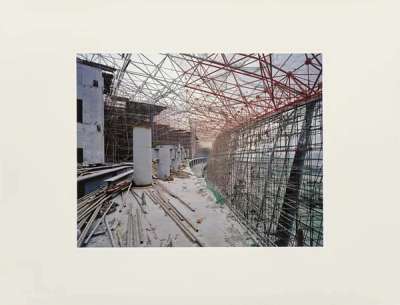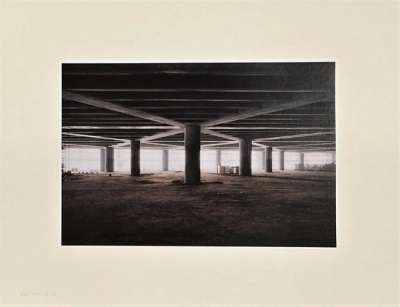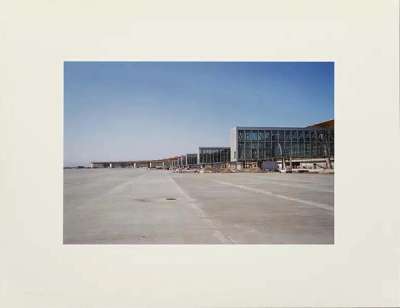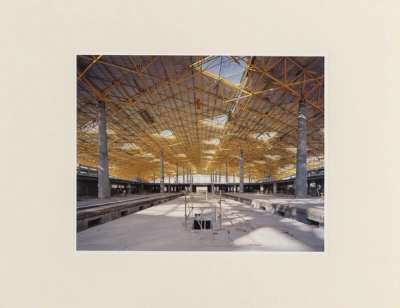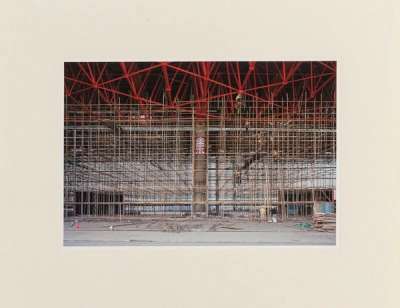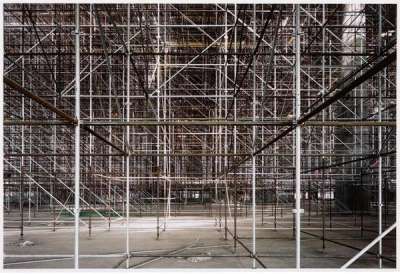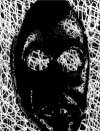Ai
Weiwei
Ai Weiwei, a Chinese artist and activist, creates politically charged works in a range of media, challenging authority and highlighting issues of human rights and social justice. If you’re looking for original Ai Weiwei prints and editions for sale or would like to sell, request a complimentary valuation and browse our network’s most in-demand works.
Notable series
Ai Weiwei art for sale
Discover Ai Weiwei prints for sale, exclusively available through our private network of collectors. Explore signed and unsigned screenprints, lithographs, digital prints, and rare editioned proof prints by era-defining blue chip artists.
Sell Your Art
with Us
with Us
Join Our Network of Collectors. Buy, Sell and Track Demand
Biography
Ai Weiwei is a renowned Chinese contemporary artist, political activist, and architect, born on August 28, 1957, in Beijing, China. Hailing from an influential and creative family, his father, Ai Qing, was a renowned poet who suffered political persecution under Mao Zedong's regime.
Ai Weiwei's versatile and thought-provoking artistic practice spans across various mediums such as sculpture, installation, photography, film, and architecture. His works often challenge the status quo, addressing social, cultural, and political issues, both in China and globally.
Ai Weiwei’s Childhood: The Making of a Vocal Political Artist
Though born in Beijing in 1957, Ai Weiwei's family was moved to an isolated province of North-West China when the future artist-activist was just one year old. His family was sent to labour camps and exile due to his father's denunciation, as a result of his close relationship with the noted poet and political figure. Growing up in this state, Ai Weiwei experienced a tumultuous childhood, witnessing first-hand the gruelling labour of camp prisoners, the lack of education, and the struggle to make ends meet - all the product of a repressive Chinese government that censored political dissent on the harshest terms.
After the end of the Cultural Revolution in 1976, the Ai family returned to Beijing, and Ai Weiwei began his artistic journey. He enrolled in the Beijing Film Academy in 1978, where he studied animation and co-founded the avant-garde “Stars” art group, which marked the beginning of the contemporary Chinese art movement.
In 1981, Ai Weiwei moved to the United States to immerse himself in the burgeoning art scene. He studied at Parsons School of Design in New York City and was deeply influenced by the works of Marcel Duchamp and Andy Warhol. During this time, he also developed a keen interest in photography, documenting street life and art events through his lens, and began creating conceptual art. Ai Weiwei returned to China in 1993 due to his father's ill health, and he continued to develop his artistic career there.
